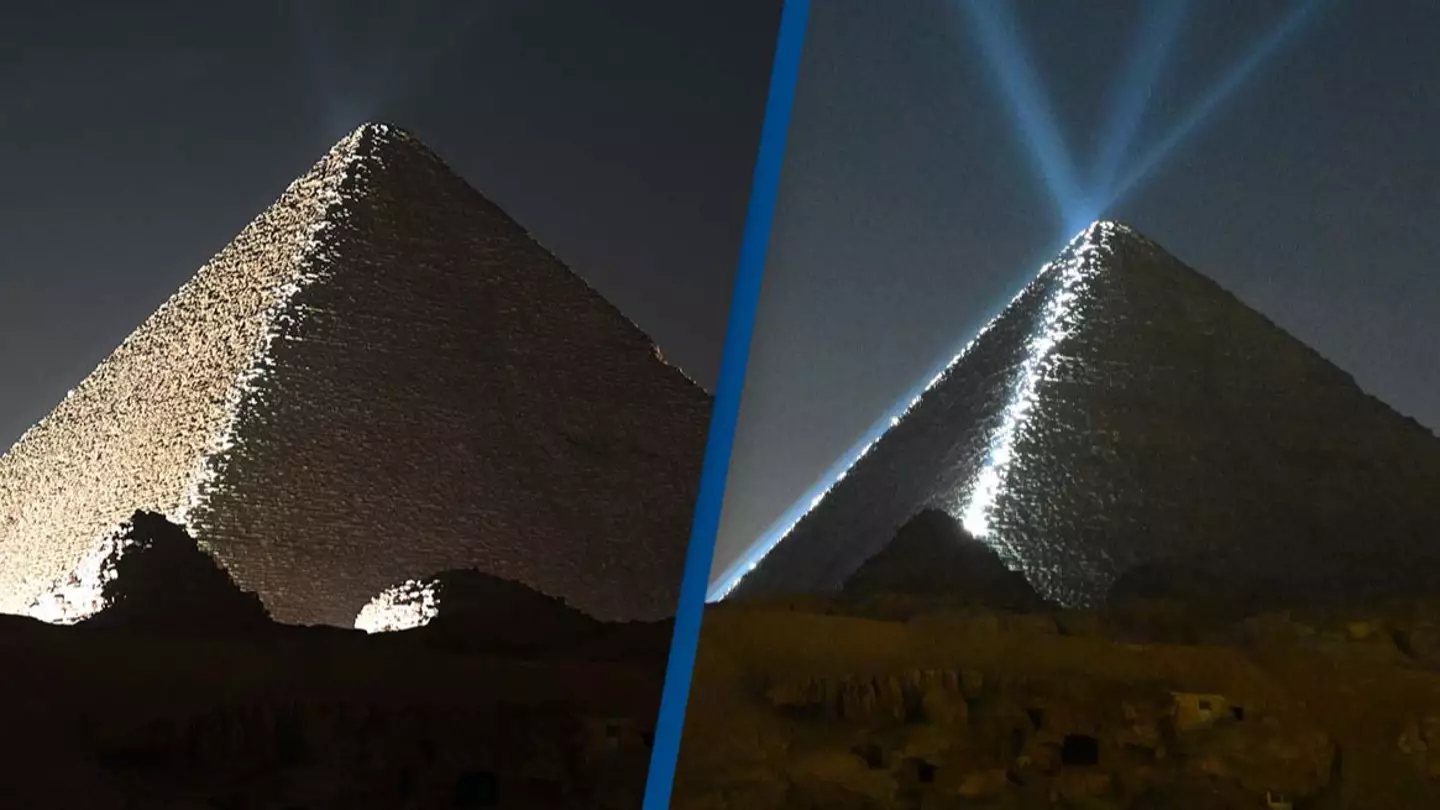
Radar detects mysterious phenomena over Pyramids of Giza which could impact satellites
The reading captured from China marks a first for this kind of radar technology
Featured Image Credit: Stephane Cardinale - Corbis/Corbis via Getty Images
Topics: Science, China, Egypt, Space, Technology
 Emily Brown
Emily Brown
Emily Brown is UNILAD Editorial Lead at LADbible Group. She first began delivering news when she was just 11 years old - with a paper route - before graduating with a BA Hons in English Language in the Media from Lancaster University. Emily joined UNILAD in 2018 to cover breaking news, trending stories and longer form features. She went on to become Community Desk Lead, commissioning and writing human interest stories from across the globe, before moving to the role of Editorial Lead. Emily now works alongside the UNILAD Editor to ensure the page delivers accurate, interesting and high quality content.